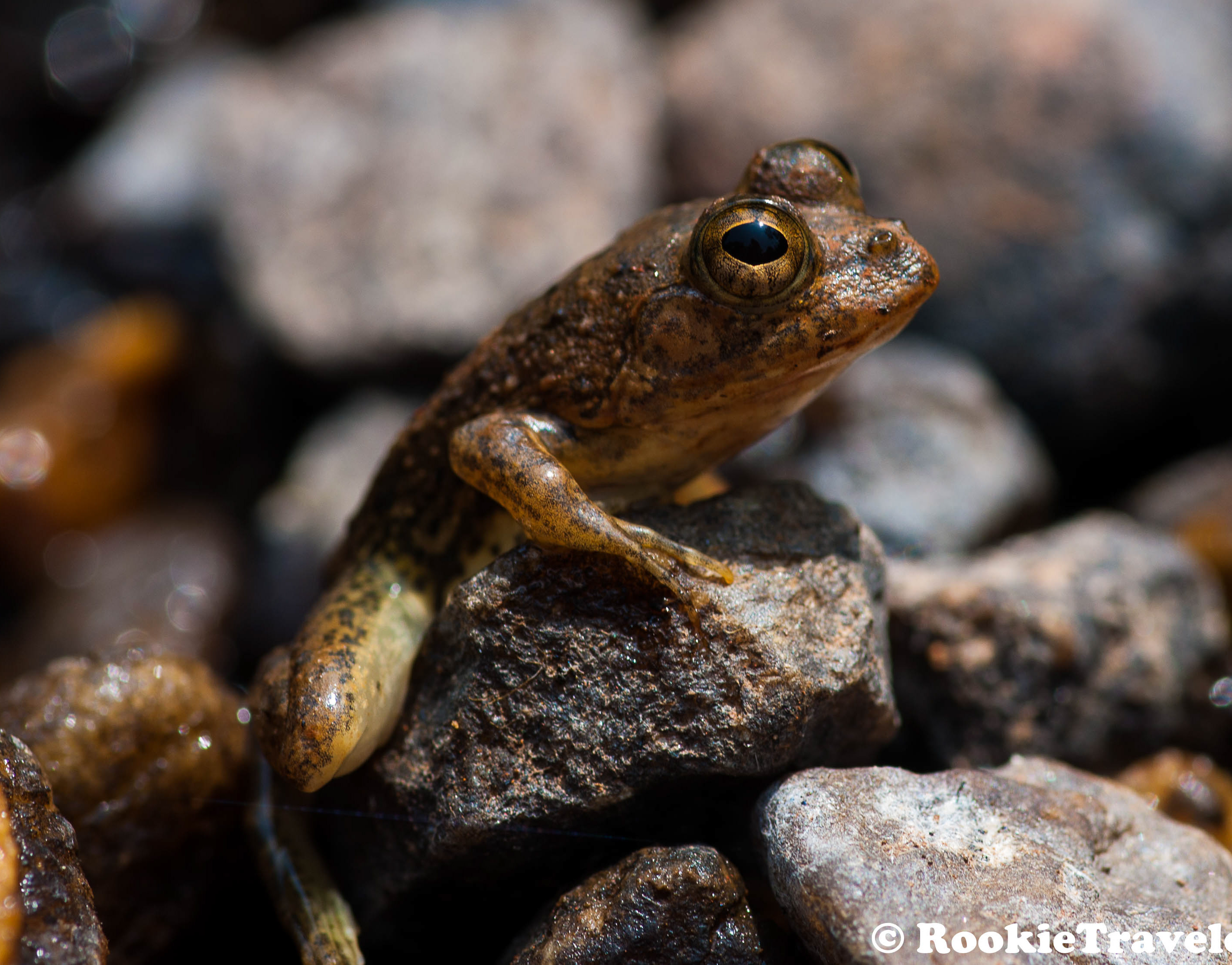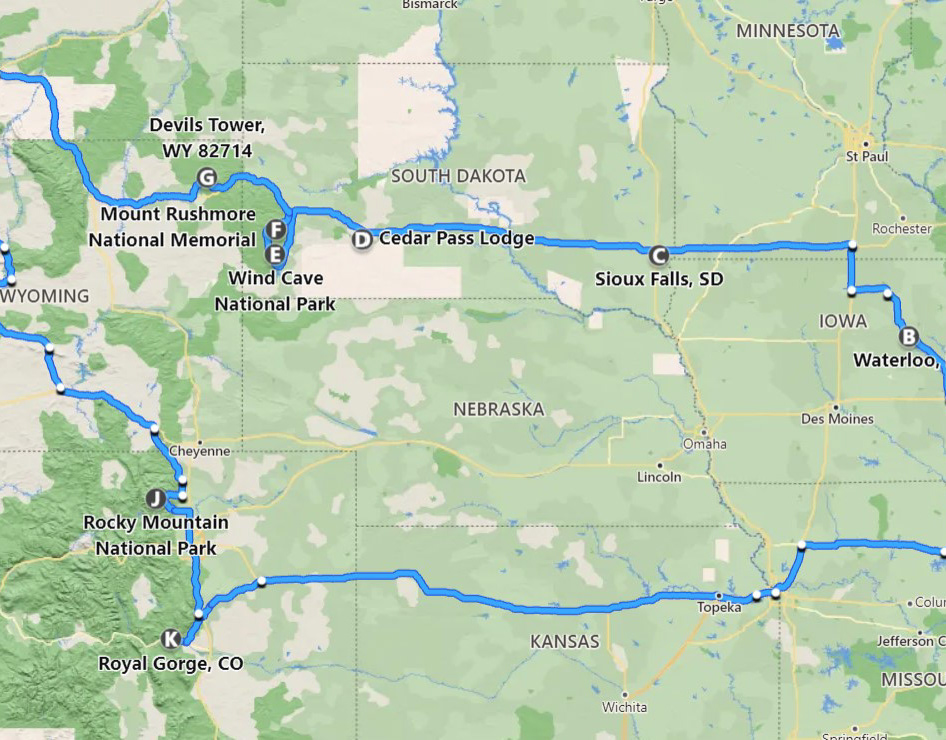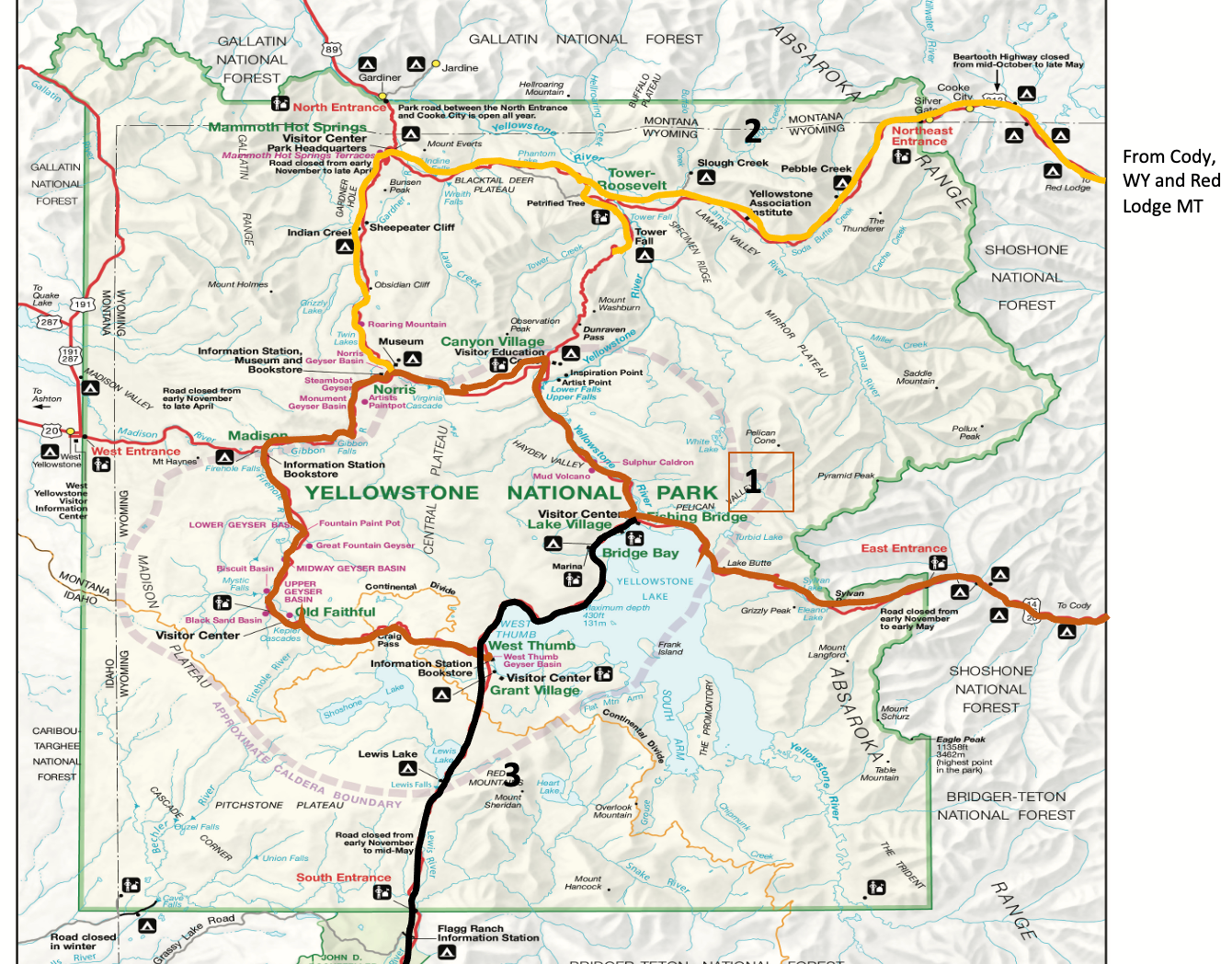Well, I visited Melbourne in Apr 2004. It was my first international travel and my stay was for 2 months. I was on business visit (business visa) and worked for the biggest Telecom company in Melbourne. My itinerary was Hyderabad – Singapore – Melbourne. During those days, I was using
As it may happen with most of the folks, I was all excited. Boarded flight from Hyderabad and got change over done in Changi airport. Landed in Melbourne on Sunday morning.
I stayed in Nova Stargate which was next to famous Queen Victoria Market. First day I visited Victoria Market and did city sightseeing using Melbourne City Circle Tram (it’s free J).
Queen Victoria Market - Queen Victoria Market is the heart and soul of Melbourne. Eat, shop, explore and discover your way through our iconic food halls and heritage Sheds where the banter is as fresh as the produce. The friendly competition between stallholders, and their concern for customers, is what gives the Market its Old World charm and the power to draw millions of visitors each year. The vibrant, cosmopolitan atmosphere of this historic site has endeared the Market to Melburnians for over 130 years.
Spreading over seven hectares, the Market is a true reflection of Melbourne’s cosmopolitan make-up, selling everything from Australian fruit and vegetables and gourmet foods to hardware, clothing and souvenirs!
The City Circle Tram - The City Circle Tram is a free and convenient way to see the sights of central Melbourne and the Docklands while experiencing a ride on one of the city's much loved heritage trams. An audio commentary provides details of city landmarks and major attractions such as the City Museum, Parliament House, Docklands, Federation Square, Melbourne Aquarium and the Princess Theatre.
I used this tram mostly on weekends to cover all tourist spots in Melbourne.
Flagstaff Gardens - I believe it is oldest park in Melbourne. The gardens are notable for their archeological, horticultural, historical and social significance to the history of Melbourne. The garden is opposite to Flagstaff railway station. Diagonally opposite stands the Victorian branch of the Royal Mint. The former Royal Mint building is a well-preserved example of Victorian Gold Rush boom-period classical styled architecture. The facade features paired columns with scrolled capitals and the Royal Mint coat-of-arms.
Image from - https://ssl.panoramio.com/photo/15548220
MCG (Melbourne Cricket Ground) - yes, I got chance to visit and see MCG. Though it was not cricket but for Australian Football match. MCG was on top of my must see places in Melbourne. One fine Saturday, I took City Circle Tram and got myself chance to see this great stadium.
MCG is situated in what is known as sports arena in Melbourne next to Olympic Blvd. MCG's neighbors are well known like Rod Laver Area (Australian Open), Olympic Park, Hisense Arena and the Albert park (venue of Formula 1 race).
MCG is now second biggest cricket stadium with capacity of 100K fans. I am waiting on my chance to visit MCG again to watch India Vs Australia match J
Fitzroy Gardens - The Fitzroy Gardens covers 64 acres and located on the southeastern edge of the Melbourne Central Business District . The gardens is next to Albert Streetand with the Treasury Gardens across Lansdowne street to the west. The stately avenues lined with English elms, flowerbeds, expansive lawns, strange fountains and a creek are a short stroll from town. It is most famous location for marriage in Melbourne.
Cook’s cottage - A visit to the historic landmark Cooks' Cottage, situated in the beautiful heritage-listed Fitzroy Gardens, is a must when exploring Melbourne. Built in 1755, Cooks' Cottage is the oldest building in Australia and a popular Melbourne tourist attraction. Originally located in Yorkshire, England, and built by the parents of Captain James Cook, the cottage was brought to Melbourneby Sir Russell Grimwade in 1934. Astonishingly, each brick was individually numbered, packed into barrels and then shipped to Australia.
Image https://en.wikipedia.org/wiki/Fitzroy_Gardens#/media/File:Melbourne_Capt_Cooks_Cottage_-_outer00.jpg
Federation Square - Federation Square is the heart and soul of Melbourne. It is home to major cultural attractions, world-class events, tourism experiences and an array of restaurants, bars and specialty stores. It is built on top of a concrete deck above busy railway lines. It is located at intersection between Flinders Street and Swanston Street. The complex of buildings forms a rough U-shape around the main open-air square, oriented to the west. The eastern end of the square is formed by the glazed walls of The Atrium. While bluestone is used for the majority of the paving in the Atrium and St. Paul's Court, matching footpaths elsewhere in central Melbourne, the main square is paved in 470,000 ochre-colored sandstone blocks from Western Australia and invokes images of the Outback. The paving is designed as a huge urban artwork which gently rises above street level, containing a number of textual pieces inlaid in its undulating surface. A key part of the plaza design is its large and fixed public screen, which has been used to broadcast major sporting events.
Shrine of Remembrance - Dedicated in 1934 to commemorate First World War veterans, the Shrine of Remembrance includes memorials to other conflicts, including the Second World War. The Shrine is a Melbourne icon and an especially poignant location to commemorate Anzac Day, when a dawn service and wreath-laying ceremony are held. The sanctuary contains the marble Stone of Remembrance, upon which is engraved the words "Greater love hath no man".
St Patrick's Cathedral - Built from bluestone and sandstone, St Patrick’s Cathedral is a leading example of Gothic-revival architecture, built in stages between 1858 and 1940.
St Patrick’s is the tallest and largest church building in Australia
The Eureka Skydeck 88 - Visit the Eureka Skydeck 88 to get a perspective on the whole city. You will have 360-degree views of Melbourne from 88th floor observation deck in the Eureka Tower. You can get some great shots from ‘The Edge’, a glass cube that projects out of the building with you suspended in the air above the city
St Kilda – St Kilda is a suburb of Melbourne named after a schooner Lady of St Kilda. St Kilda is home to many of Melbourne's famous visitor attractions including Luna Park, the Esplanade Hotel, Acland Street and Fitzroy Street. It is home to St Kilda Beach, Melbourne's most famous beach, several renowned theatres and several of Melbourne's big events and festivals
Around Melbourne: I was lucky to be in Melbourne during the Easter holidays. It is long weekend with holidays from Friday to Monday. I used these 4 days to roam around Melbourne and visited Twelve Apostles, Phillip Island, Otway National Park, Yarra Valley vineyards and Dandenong Ranges.
The Great Ocean Road – The Great Ocean Road is an Australian National Heritage listed 243 kilometers stretch of road along the south-eastern coast of Australia between the Victorian cities of Torquay and Allansford. Built by returned soldiers between 1919 and 1932 and dedicated to soldiers killed during World War I, the road is the world's largest war memorial.
The Great Ocean Road is home to many spectacular sights and then 12 Apostles happen to be the jewel in the crown. The road to the 12 apostles is breath-taking in splendor with its dramatic, rugged cliffs carved from the sea and its panoramic views across the rich and azure waters. As you get closer to the golden shores of Port Campbell you are getting closer to the natural wonder of Victoria’s most famous rock formations. The rocky stacks are called the 12 apostles because they stand tall and proud along the shore. Despite the name the 12 apostles there are only 8 left standing as Mother Nature, time and the salty waters have caused several of the apostles to fall.
Twenty Million Years of Wonder - Over twenty million years ago the powerful surf and the salt of the erratic and moody Southern Ocean started to erode the rugged limestone cliffs along Victoria's Coastline. The constant wind and water carved out cavernous caves in the soft rock. As time ticked on the caves became majestic arches framing the sea. Yet the surf and the storms were relentless and eventually the arches collapsed to make towering stacks that soared up to 45 meters in the sky and isolated from the cliffs.
Embrace the Myth and Mystery - Many people travel across the globe to witness the splendor, the myth and the mystery of the 12 apostles. Throughout the day the colors and the light ebbs and flows across the rock changing the face and the feel of the mighty rocks. As the sun rises on her mast the golden colors spill across the rocks with flecks of rose and red. As the sun starts to fall12 Apostles History exploding the sky with burn oranges and lavender hues the same colors drip across the rocks and adorn the apostles with rainbow colors before they loom into foreboding shadows.
Every year the fierce ocean storms still roll in and cause even more erosion of up to two centimeters a year. The apostles boast splendid names such as Razorback, Island Archway, Thunder Cave, Bakers Oven Rock, Sentinel Rocks and the Grotto. You can stand beneath the mighty shadows or indulge in a guided walk along the Loch Ard Gorge.
Phillip Island – Phillip Island Nature Park (PINP) is a conservation park located on Phillip Island, Victoria. On Phillip Island, I got chance to hand feed kangaroos and get up close and personal with Koalas, Emus, Wombats and Dingos. Another attraction is the rugged beaches and the huge roaring surf along the coastline.
Penguin Parade - I watched the magic of the world's smallest penguins hit the beach and make their way to the sand dunes and the safety of the homes after a long day in the sea in the world famous Penguin Parade. This is a truly unforgettable experience and one that should not be missed.
Just on sunset, as some visitors begin to doubt that the birds will arrive, dark patches appear in shallow waters. The penguins’ familiar “huk huk” call is heard and they magically appear on the water’s edge. The penguins stand in the shallows, sometimes retreat in to the sea if they sense danger, regain confidence and again come to the beach. They usually regroup, sometimes numbering over 100 birds, and make their way up the beach to the dunes.
Otway National Park - The Great Otway National Park stretches from Torquay through to Princetown and up through the Otways hinterland towards Colac. The park features rugged coastlines, sandy beaches, rock platforms and windswept heathland. In the north, the park features tall forests, ferny gullies, magnificent waterfalls and tranquil lakes.
Melba Gully - Known as the Jewel of the Otways, this is one of the wettest places in the state. The gully has prolific plant growth and is a dense rainforest of Myrtle Beach, Blackwood and Tree-ferns, with an understory of low ferns and mosses. Perhaps the most unusual inhabitants of the area are the glow worms, which can be seen at night along the walking tracks. The 35 minute Madsen's Track Nature Walk departs from the picnic area, providing an adventure into a world of ancient, mossy trees and cool fern gullies.
Dandenong Ranges – The Dandenong Ranges are a set of low mountain ranges, rising to 633 metres at Mount Dandenong, approximately 35 km east of Melbourne. The ranges consist mostly of rolling hills, steeply weathered valleys and gullies covered in thick temperate rainforest, predominantly of tall Mountain Ash trees and dense ferny undergrowth.
The Puffing Billy Railway is a 2 ft 6 in (762 mm) narrow gauge heritage railway in the Dandenong Ranges. The railway was originally one of five narrow gauge lines of the Victorian Railways opened around the beginning of the 20th century. It runs through the southern foothills of the Dandenong Ranges to Gembrook. Being close to the city of Melbourne and with a post-preservation history spanning over 50 years, the line is one of the most popular steam heritage railways in the world, and attracts tourists from all over Australia and overseas.The Puffing Billy Railway is kept in operation through the efforts of volunteers of the Puffing Billy Preservation Society, although intensive year-round operations have led to a few dozen paid employees to keep things going behind the scenes.
Yarra Valley vineyards – The Yarra Valley is an Australian wine region located east of Melbourne, Victoria. It is a cool climate region that is best known for producing Chardonnay, sparkling wine and Pinot noir. Its proximity to the urban center and high profile wineries have made it an important destination for enotourism. From architectural statements to rustic tin sheds hidden among the vines, the Yarra Valley has a wonderful range of cellar doors, all reflecting the diversity of styles and approaches in this beautiful, cool-climate region, a stone's throw from Melbourne.
Stunning scenery with wines to match - Snap up new vintage cool-climate masterpieces from over 70 wineries around Healesville and the picturesque village of Marysville further north, to those tucked into the beautiful hill country around Nillumbik, Hurstbridge and Kangaroo Ground. Sample the grapes and marvel at the harmony of diverse soils, temperate weather, and the dedication of generations of vignerons in the pioneering region that kick-started Victoria's wine industry in 1838. Match the superb estate wines with a meal at a winery restaurant in the region that boasts multiple hatted chefs who create masterpieces from the lush and bountiful local produce.



